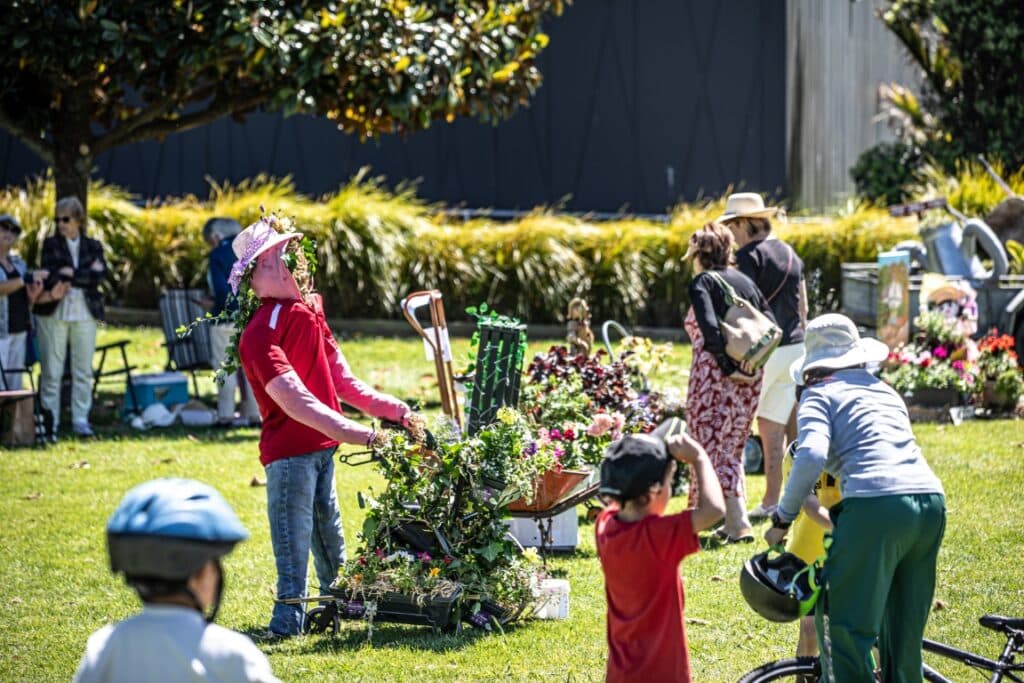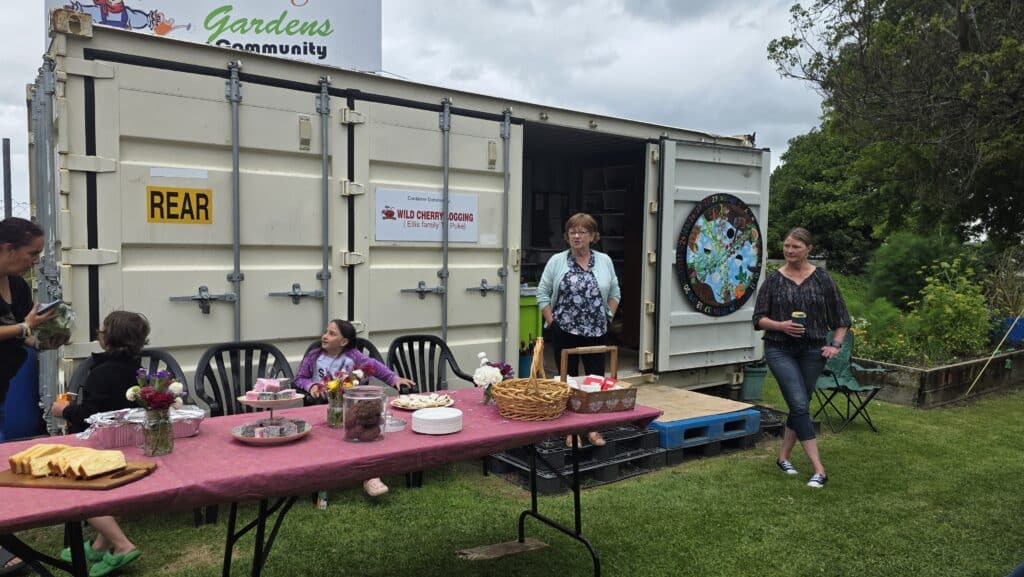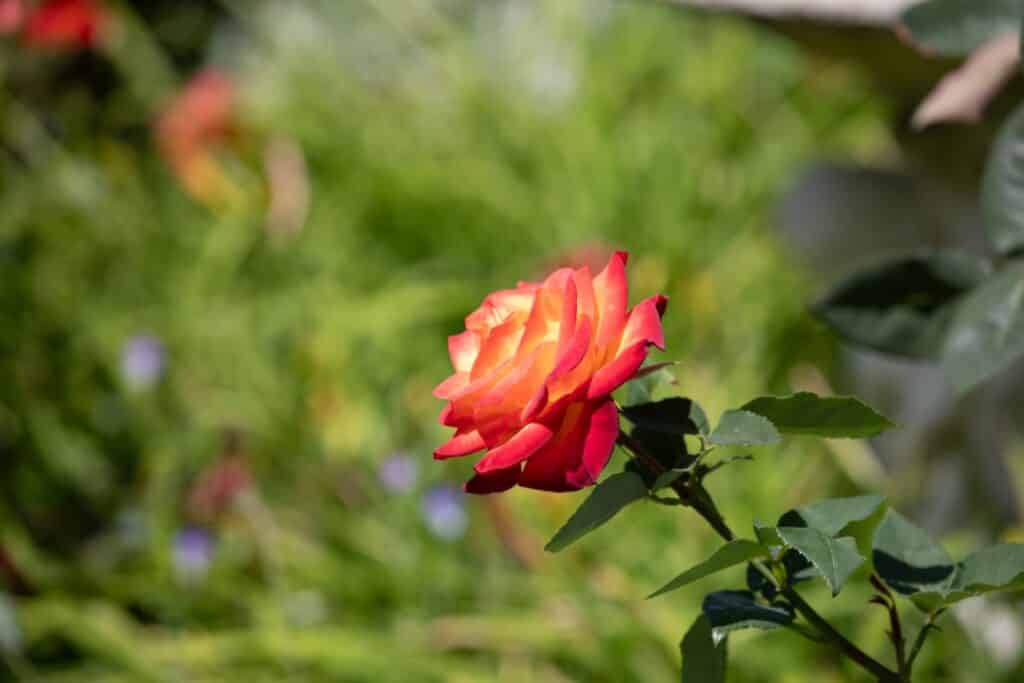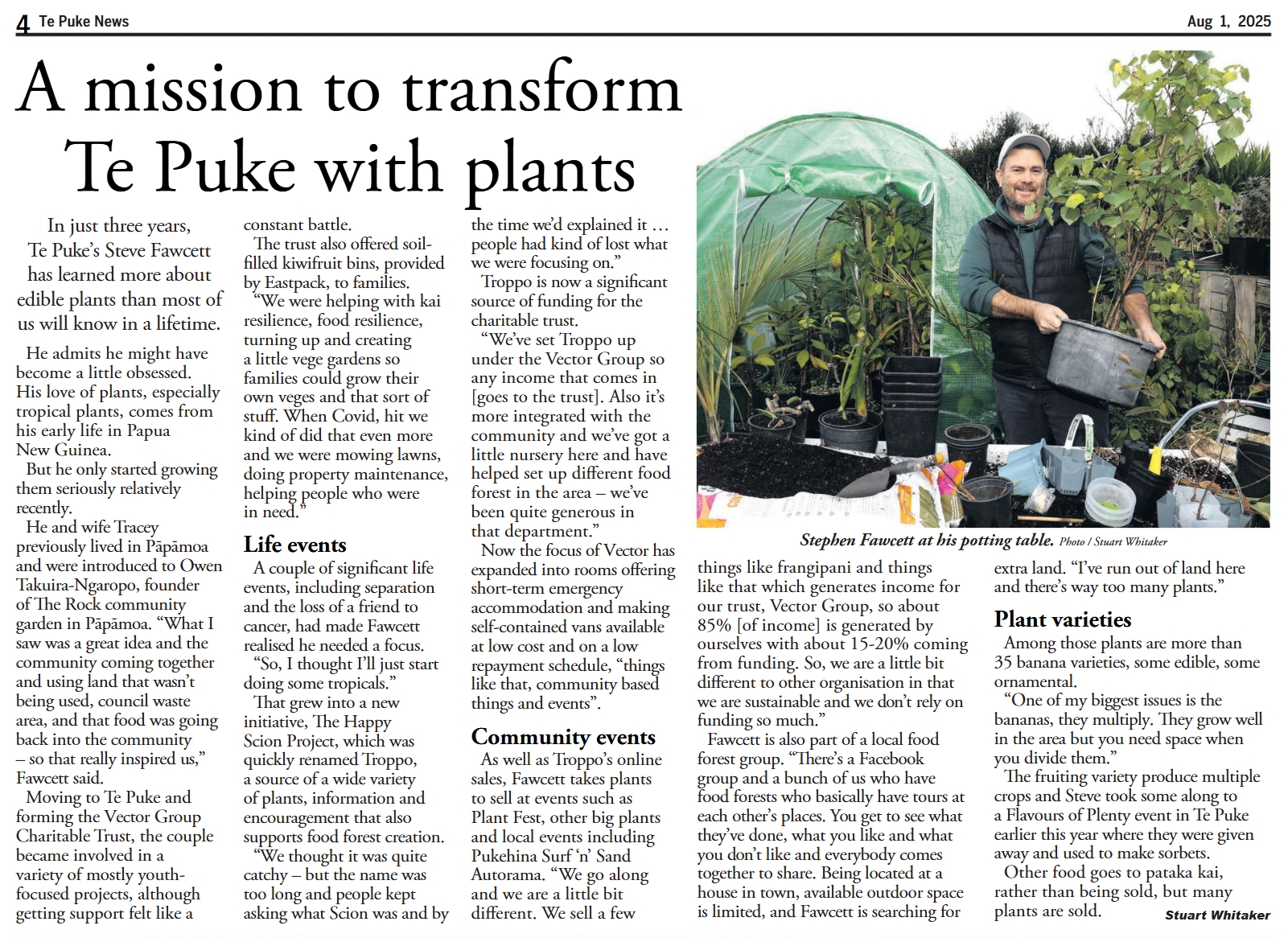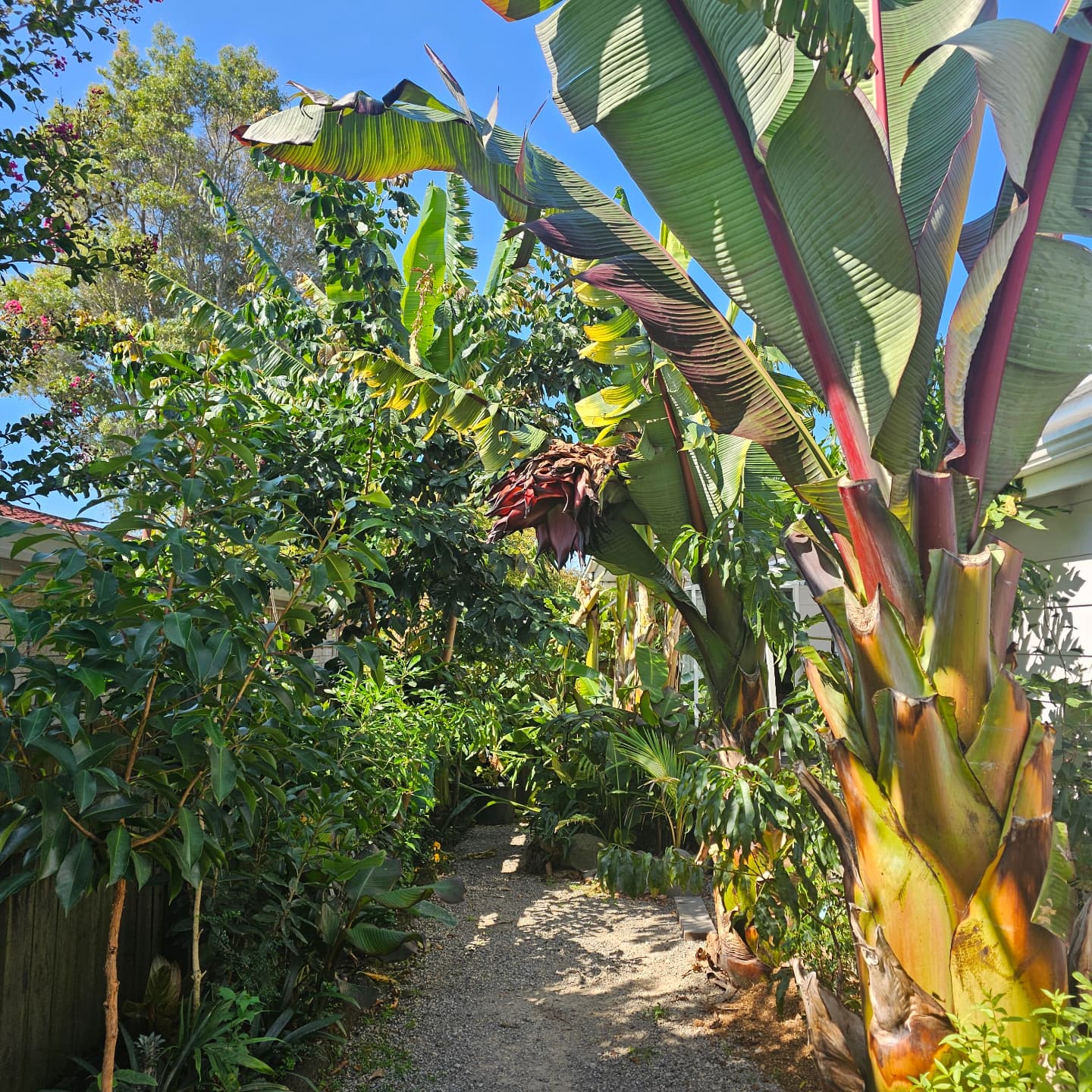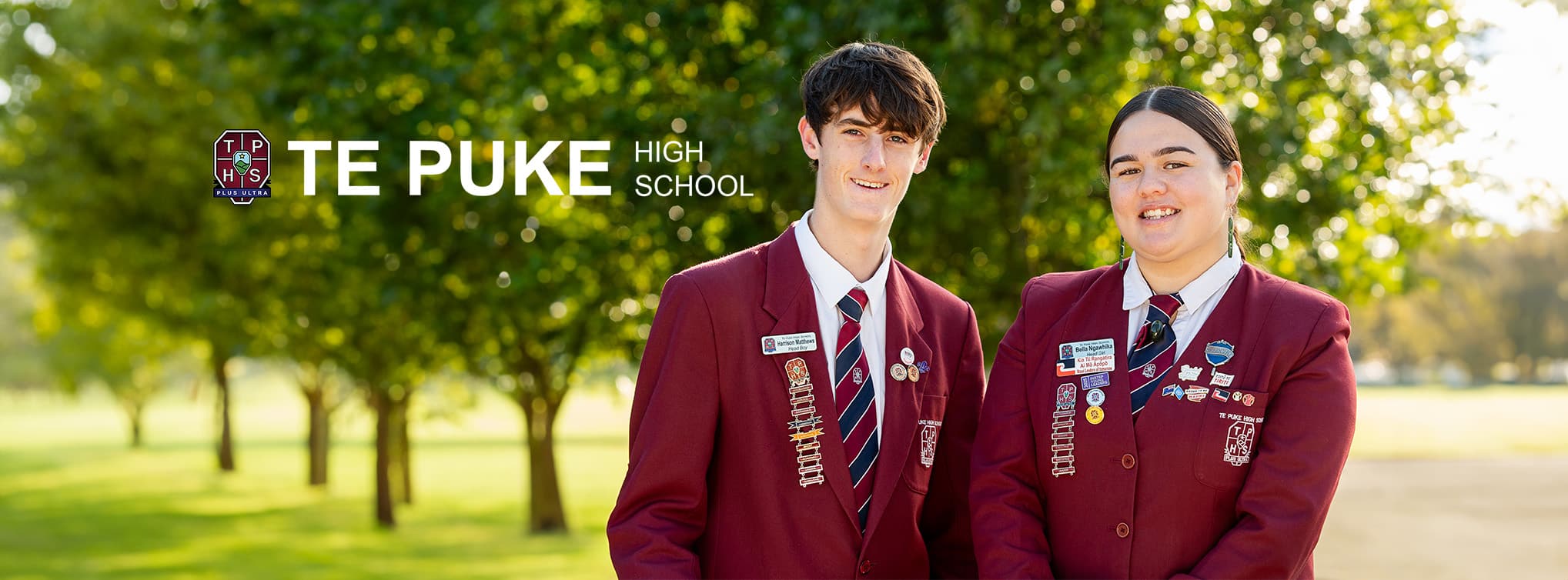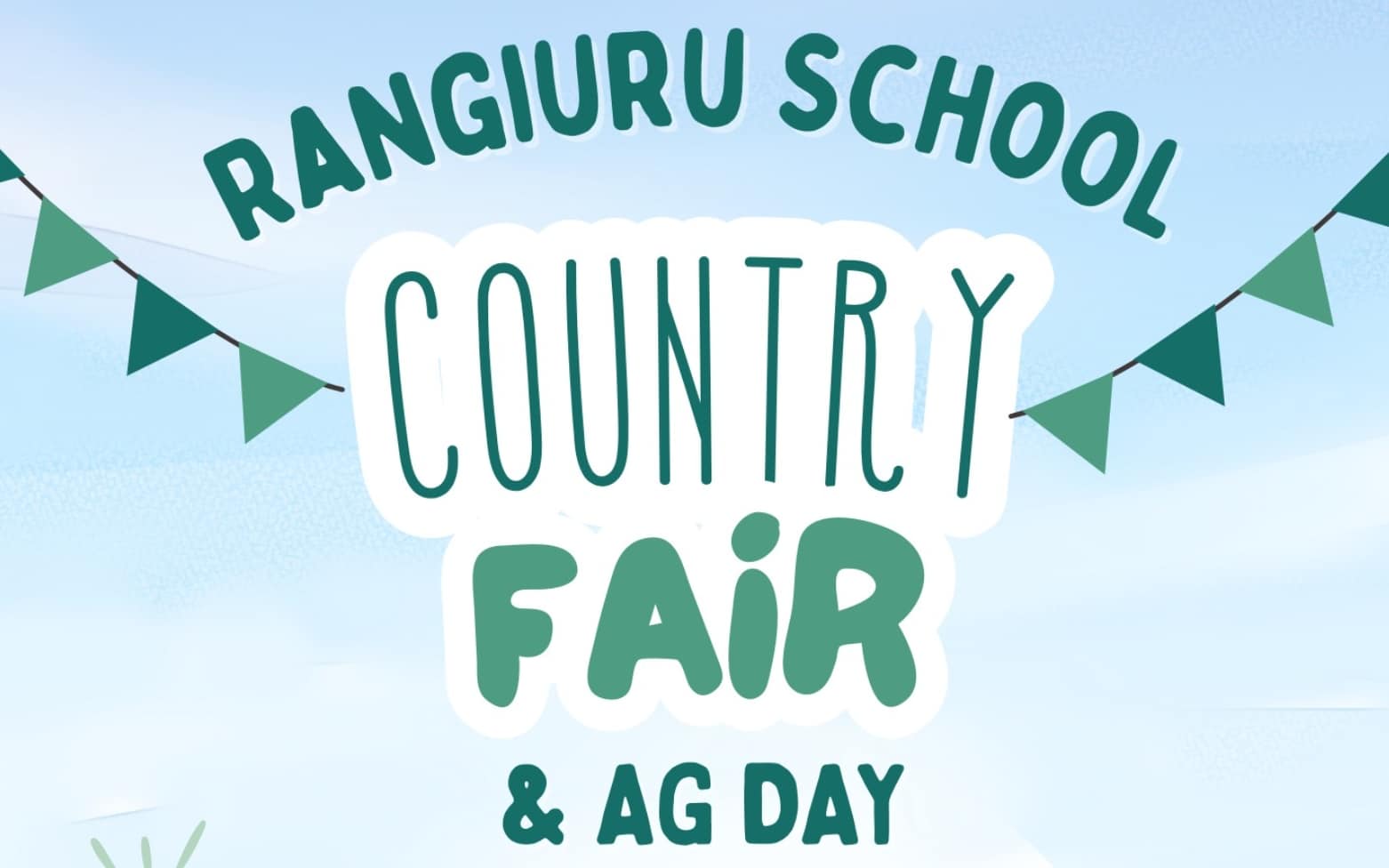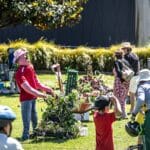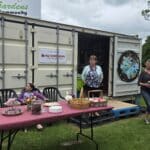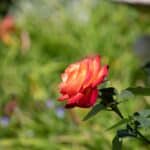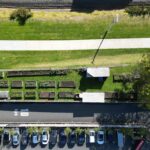Now Reading: From Print to Progress: Te Puke’s Community Food Forest
-
01
From Print to Progress: Te Puke’s Community Food Forest
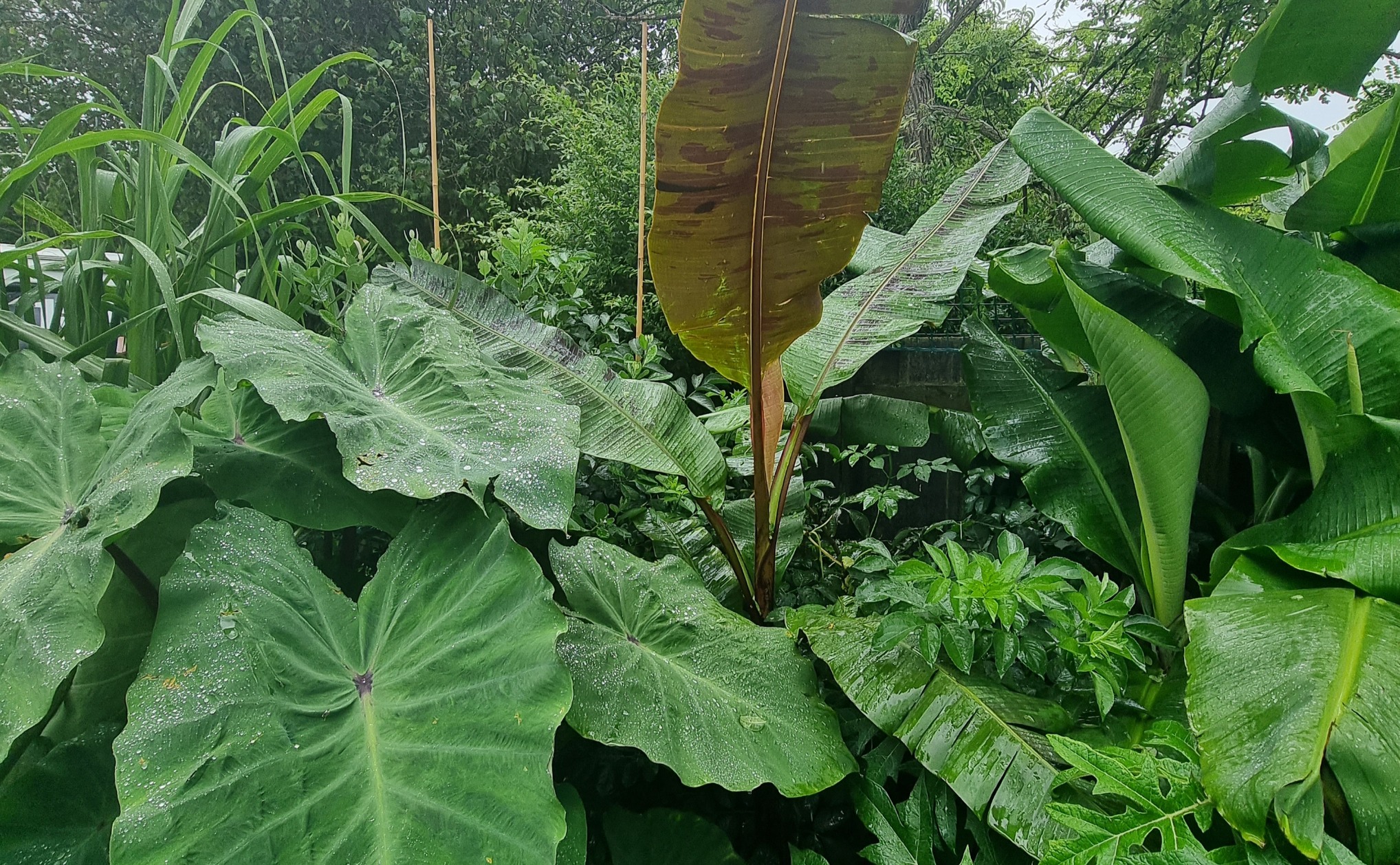
From Print to Progress: Te Puke’s Community Food Forest
A recent article by Stuart Whitakker in the local Te Puke News has put a well-deserved spotlight on a quiet revolution taking root in our town. While Whitakker’s piece brilliantly captured the incredible work being done, we want to dive deeper into the story behind Troppo and the wider Grow Te Puke initiative it embodies.
The article highlighted the remarkable vision of the Vector Group Charitable Trust and its mission to foster kai resilience—the ability for our community to feed itself. This isn’t just about gardening; it’s about creating a sustainable, local food future, with Troppo as the living example.
What is Troppo?
Troppo is more than just a garden—it’s a thriving tropical urban food forest, meticulously designed using principles of permaculture and syntropic agriculture. As Whitakker’s article noted, this is a multi-layered ecosystem where plants work together, just as they would in nature, building soil fertility and creating a low-maintenance, high-yield system.
In this lush urban oasis, a surprising variety of tropical and subtropical plants flourish, proving that we can transform ordinary spaces into extraordinary food producers. It’s a testament to the idea that with thoughtful design and a deep understanding of our local climate, we can grow a diverse abundance of food right here in Te Puke.
Grow Te Puke: A Community in Action
Troppo is a key project of Grow Te Puke, an initiative focused on empowering people with the skills and knowledge to feed themselves. The goal is to build a stronger community by reducing our reliance on long-distance food chains and giving us a sense of food sovereignty—the right to define our own food systems.
As Whitakker’s article showed, this project is a living laboratory and community hub. It offers a space for workshops and hands-on sessions where people can learn practical skills and connect with others.
Troppo is a powerful example of how a shared vision can lead to tangible change. As Stuart Whitakker so effectively showcased, it’s a testament to the idea that the future of food isn’t just about large-scale farming; it’s about a network of thriving, community-led projects, one urban food forest at a time.



